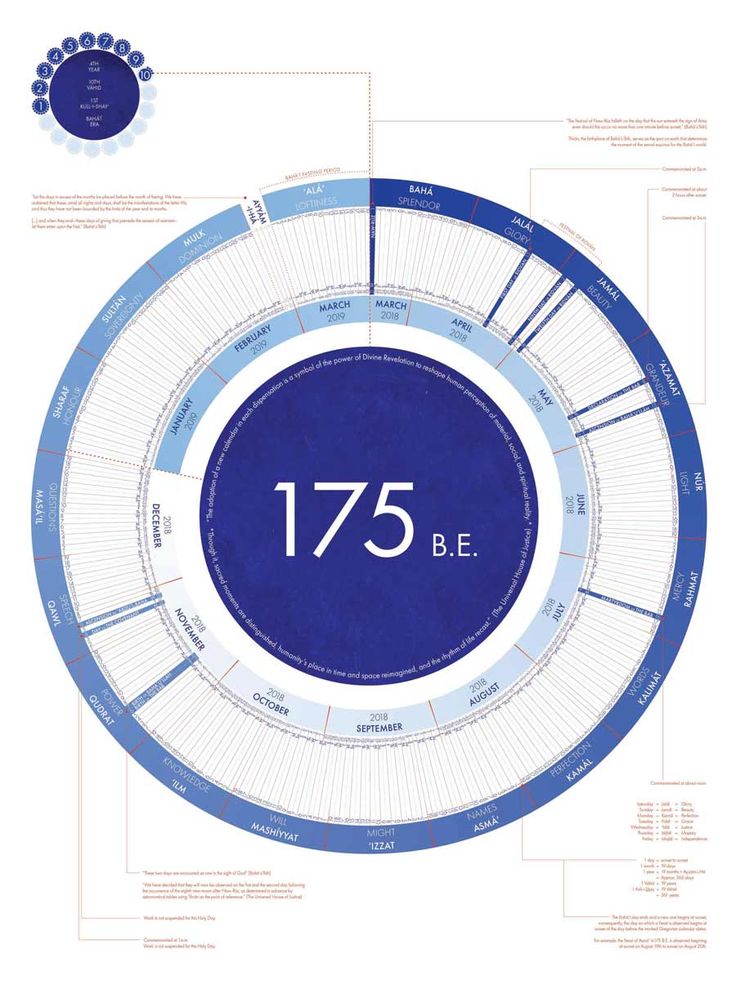Art and design have long served as potent vessels for the expression of human experience, encapsulating not only aesthetic appeal but also cultural and philosophical underpinnings that connect us to broader existential questions. In the context of the Bahá’í teachings, the idea of correlating systems of time through art and design offers a compelling exploration of how temporal experiences can be interwoven with the spiritual evolution of humanity. This article delves into the nuances of this intersection as seen through the lens of the Bahá’í framework articulated by thinkers like Roya Mottahedeh.
At the heart of Bahá’í teachings is the recognition of the unity of humanity and the fundamental oneness of all religions. The Bahá’í perspective posits that art and design are not merely instruments of aesthetic enjoyment but are deeply reflective of the human condition, our collective journey through time. This conception of art serves as a mirror, reflecting the myriad complexities of life, thus facilitating a deeper engagement with our temporal experiences.
To understand the correlation between systems of time and artistic expression within this framework, it is essential to first unpack the Bahá’í understanding of time itself. Unlike conventional, linear perceptions of time as a mere sequence of events, the Bahá’í outlook perceives it as a spiral, inherently linked to the progress and evolution of the soul. This spiral view intertwines historical consciousness with a collective destiny, a notion often translated into creative expressions across various mediums.
Through the lens of this understanding, art becomes a significant conduit for exploring temporal themes. The cyclical nature of time, as experienced through art, allows individuals to reflect on their personal journeys and the shared experiences of mankind. This reflection is particularly prominent in the works of Bahá’í artists who often strive to encapsulate profound spiritual truths within their creations. Through visual storytelling, themes of renewal, growth, and transience are intricately woven into the fabric of artistic expression.
Mottahedeh’s approach to linking art and time captures the immense power of design in catalyzing awareness of our interconnected history. The designs we encounter, whether in architecture, textiles, or symbols, serve as reminders of cultural narratives—examining the past while envisioning future possibilities. This accentuates the Bahá’í teachings on the importance of learning from history, fostering unity, and aspiring to collective aspirations.
Interspersing historical motifs within contemporary art further invokes a dialogue between past and present. Artists inspired by Bahá’í principles often draw upon various cultural elements, merging them harmoniously with modern aesthetics. This synthesis not only reveals the evolution of artistic expression but also encourages viewers to acknowledge and appreciate diverse traditions that contribute to the tapestry of global culture. The inherent challenge in this artistic endeavor is to strike a balance between innovation and tradition—a concept that resonates with the Bahá’í emphasis on progress leading to unity.
Moreover, the significance of space in relation to time in art and design cannot be overstated. Architectural practices rooted in the Bahá’í faith exemplify how spaces can be designed to foster community and reflection. The designs incorporate natural light, spaciousness, and communal areas, encouraging a sense of togetherness that transcends the constraints of individual timelines. Such architectural philosophies not only serve functional purposes but also embody spiritual principles that directly engage with the temporal journey of both individuals and communities.
When examining the impact of technology on art and design, it is crucial to consider how contemporary advancements have altered our engagement with both time and space. The digital age has birthed new artistic forms that challenge traditional understandings of temporality. Artists increasingly employ technologies such as virtual reality, interactive installations, and immersive media to create experiences that transcend ordinary perceptions of time. These innovations resonate with Bahá’í teachings on the necessity to embrace change and adapt to the evolving landscape of human experience.
In light of these developments, a fascinating paradox emerges: while contemporary art may fragment our understanding of time into an instantaneous, ever-updating stream, it simultaneously invites a deeper introspection into the cyclical and collective dimensions of existence. The very essence of art lies in its ability to articulate the ineffable, prompting questions that compel us to revisit our own narratives and those of the communities we inhabit.
Thus, correlating systems of time through art and design emerges not only as a philosophical inquiry but also as a practical exploration of our lived experiences. It provides a platform for cultural exchange and artistic dialogue, enabling us to interrogate the ways in which time is portrayed, experienced, and understood. In the tapestry of art lies the potential for fostering unity—aligning individual timelines with the broader historical narratives that define humanity’s collective experience.
In conclusion, exploring the interrelation of time, art, and design through Bahá’í teachings underscores a holistic approach to understanding our existence. It brings forth a richer appreciation for how artistic endeavors can reflect and shape our journey through time, encouraging ongoing reflection on our shared humanity. As we engage with these themes, we are inspired to contribute actively to the ever-evolving narrative of our world, fostering connections that transcend temporal boundaries and cultural divides.
